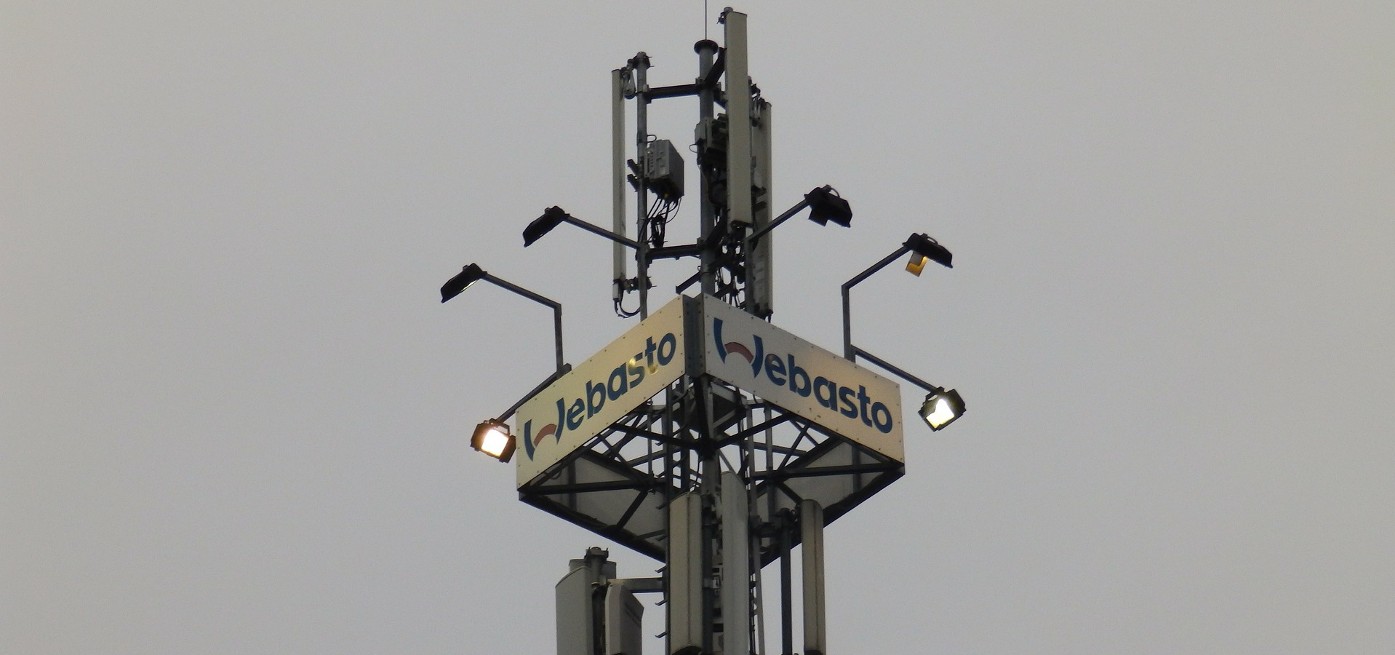
How to Block Drones with a Drone Jammer
In an age where the sky is dotted with drones, the importance of drone jammers has never been more significant. From commercial deliveries to personal

Signal jammers have become increasingly popular in various applications, prompting customers to seek portable and convenient options. One such request is for a signal jammer designed in the form of a briefcase, allowing for easy transportation and instant operation. This article delves into the design considerations and essential components of a portable signal jammer in a briefcase, as well as its coverage range.
When designing a signal jammer in the form of a briefcase, size and weight limitations are crucial factors. Typically, the dimensions of the briefcase should resemble those of a common document bag, while the weight must be kept under 10kg. These constraints pose challenges in selecting the necessary components to be installed within the limited space.
The primary component of a signal jammer is the main unit responsible for signal blocking. Additionally, a heat sink and fan are crucial for ensuring rapid heat dissipation. Another essential component is the battery, which provides power to the signal jammer. If the device requires both AC and DC power supply modes, the inclusion of a switch power supply becomes necessary. Lastly, the antenna, which emits the jamming signal, can be either omnidirectional or directional, depending on the specific usage requirements.
The coverage range of a portable signal jammer in a briefcase is closely related to the transmission power of the shielding module used internally. According to our current manufacturer’s design, the individual transmission power of the shielding module typically ranges between 10-20W. Based on previous test data, when using a 20W amplifier with an omnidirectional antenna, the signal jammer’s coverage radius in a standard testing environment is usually between 40-60 meters.
If a directional antenna is used for testing, the signal jammer in a briefcase can achieve a jamming distance of approximately 50-100 meters in the main direction of the antenna’s effect.
Designing a portable signal jammer in the form of a briefcase presents challenges due to limited space. However, by carefully selecting and arranging essential components, a compact and efficient device can be created. The coverage range of such a signal jammer depends on the transmission power of the shielding module and the type of antenna used. With a comprehensive understanding of the design considerations and coverage analysis, customers can make informed decisions when choosing a portable signal jammer in a briefcase for their specific needs.
Our frequency checker tool will help you check all frequency bands used in all country.

In an age where the sky is dotted with drones, the importance of drone jammers has never been more significant. From commercial deliveries to personal

Protect your vehicle’s location privacy with a professional guide on GPS jammers. From selection to legal considerations and installation tips, we’ve got you covered. Key

Here’s a step by step guide on how to build your own GPS jammer. Below are the main steps we are going to introduce in

Understanding Signal Blocker: How It Works and Its Applications Signal Blockers are devices that can disrupt mobile phone signals, preventing them from connecting to base

The Application and Benefits of High-Power Signal Jammers Enhancing Signal Blocking Efficiency in Various Environments In today’s technologically advanced world, the need for effective signal

Considerations for Purchasing Exam Room Signal Jammers Ensuring Effective Signal Jamming for Exam Integrity As the year approaches its end, many schools are preparing for

The Importance of Monitoring and Signal Interference Measures During Examinations During examination periods, it is crucial to closely monitor the examination venues and their surrounding

Selecting the Appropriate Cell Phone Jammer for Theaters and Auditoriums Overcoming Challenges in Installation and Maximizing Signal Disruption The Importance of Cell Phone Jamming in

Remote Control of Cell Phone Jammers via Smartphone: A Possibility? With the rapid development of the Internet of Things (IoT), numerous smart home devices have

Supplying high quality signal jamming devices since 2010. The only jammer store you can trust.
Jammer Master © 2024. Premium Signal Jammer Supplier Since 2010.